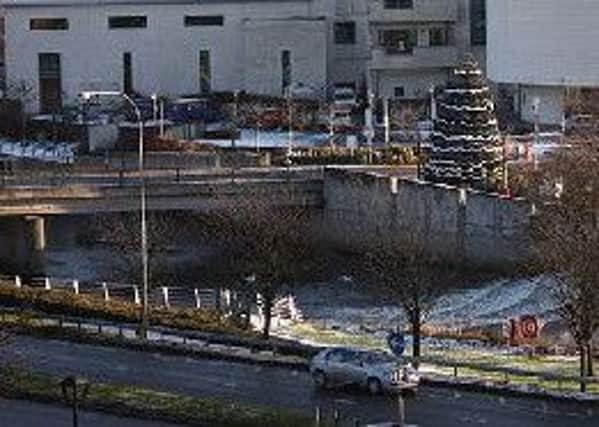Canal plans for Lisburn and Belfast?


In a written Assembly answer recently Culture Minister Caral Ni Chuilin said once the Business Case is approved by the Department of Finance and Personnel she will submit a bid for funding.
In a written Assembly answer, she said: “A Strategic Outline Business Case has recently been forwarded to the Department of Finance and Personnel (DFP) for consideration and potential funding for Phase 1 of the project - the reopening of the navigation from Belfast to Union locks, Lisburn, at a cost of £46.3m over seven years.
Advertisement
Hide AdAdvertisement
Hide Ad“When the Business Case is approved by DFP, I will submit a bid for funding as is the normal process.”
The Department of Culture, Arts and Leisure has provided core funding to the Trust from 2009 when the Lagan Canal Trust was first established as a registered charity.
The Trust includes Belfast, Lisburn/Castlereagh, and the Armagh, Banbridge and Craigavon, as well as the NI Environment Agency as partners.
It said: “(We) are custodians of the 300-year-old waterway - a living and working heritage - and we do this with sustainability in mind to ensure that our outstanding national asset is well kept for future generations to enjoy.”
Advertisement
Hide AdAdvertisement
Hide AdA report by the Trust three years ago warned there was no strategic policy for inland waterways in Northern Ireland, despite the cross-border body Waterways Ireland.
“A major risk to developing the Reopening Plan is the policy vacuum in the Northern Ireland Executive,” the report said.
“In order the Trust can plan for success it will be necessary for all departments with liability and responsibility for the navigation - Culture, Arts and Leisure, Social Development, Environment, Agriculture and Rural Development, and Education Trade and Industry to come together to integrate their policies.”
The river navigation, opened in 1763, and linked Belfast to Lisburn and closed in the 1950s.
At its peak it was the most successful Irish canal, but was unable to compete with road and rail transport.